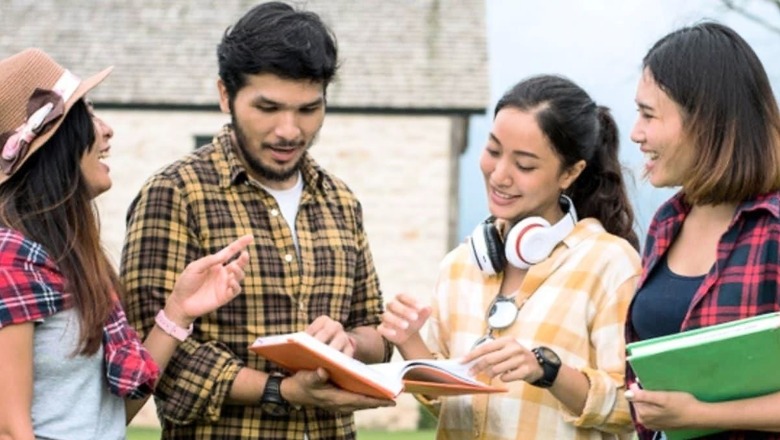
views
Knowledge of the Vedas, Puranas, and other ancient Indian texts can now fetch students credits under the National Credit Framework (NCrF), as per the final report of the draft document released by the University Grants Commission (UGC) on Tuesday. The guidelines under the framework will now be implemented in all higher education institutions across the country.
According to the final report, special expertise in the Indian Knowledge System (IKS) can now be “creditised” under the NCrF on par with other fields of activities such as games and sports (Olympics, federation games, Asian Games, etc), performing arts (dance, Indian classical music), master craftsmen of heritage and traditional skills, and social work with high impact or in priority areas, among others.
The draft NCrf document seeking public feedback was put out in October 2022 and, after receiving final comments, it has been notified by UGC, the higher education regulator, on Tuesday. The final version of the draft has added components of IKS for acquiring credits under it.
“The IKS tradition mentions 18 major vidyas, or theoretical disciplines; and 64 kalas, applied sciences or vocational disciplines, crafts. The 18 vidyas include — the four vedas, the four subsidiary vedas (Ayurveda – medicine, Dhanurveda – weaponry, Gandharvaveda – music, shilpa – architecture), Purana, Nyaya, Mimamsa, Dharmsastra and Vedanga, the six auxiliary sciences, phonetics, grammar, metre, astronomy, ritual and philology — these formed the basis of the 18 sciences in ancient India,” the report said.
It also clarifies that learning outcomes will have to be predefined in each case at appropriate national credit framework levels along with criteria for special achievements, and methods of assessment to measure/establish the achievements of the desired outcomes.
The NCrF was launched as a part of the implementation of the National Education Policy (NEP) 2020, which advocates that there should be “no hard separations” between vocational and academic streams.
The policy also states that at least 50% of learners through the school and higher education system shall have exposure to vocational education till 2025. It will enable students who have dropped out of mainstream education to re-enter the education ecosystem.
While a credit-based framework is already in place in technical and higher education, this will be the first time it will include school education (from class 5 onwards) and vocational education. Credits will be assigned on the basis of learning hours from class 5 to PhD level.
The NCrF aims to integrate learning on all dimensions — academics, vocational skills and experiential learning including relevant experience and professional levels acquired.
It will be operationalised through the Academic Bank of Credits (ABC), launched last year by the UGC, which so far was only for higher education. The ABC works as a digital repository of credits earned by students.
The NCrF has been developed by a high-level committee set up by the Centre, comprising members from all major stakeholders including AICTE, UGC, NCVET, NIOS, CBSE, NCERT, union education ministry, DGT, and skill development ministry.
Read all the Latest Education News here

















Comments
0 comment